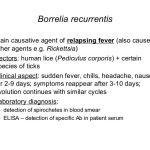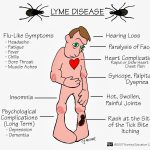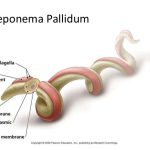
Mycoplasma and Ureaplasma species (mycoplasmas) are ubiquitous in nature and are commonly found in plants, animals, and humans. These bacteria contain the smallest amount of double-stranded DNA that is capable of producing a free-living microorganism; they measure between 0.15 and 0.3 um in diameter and = 2 um in length.









